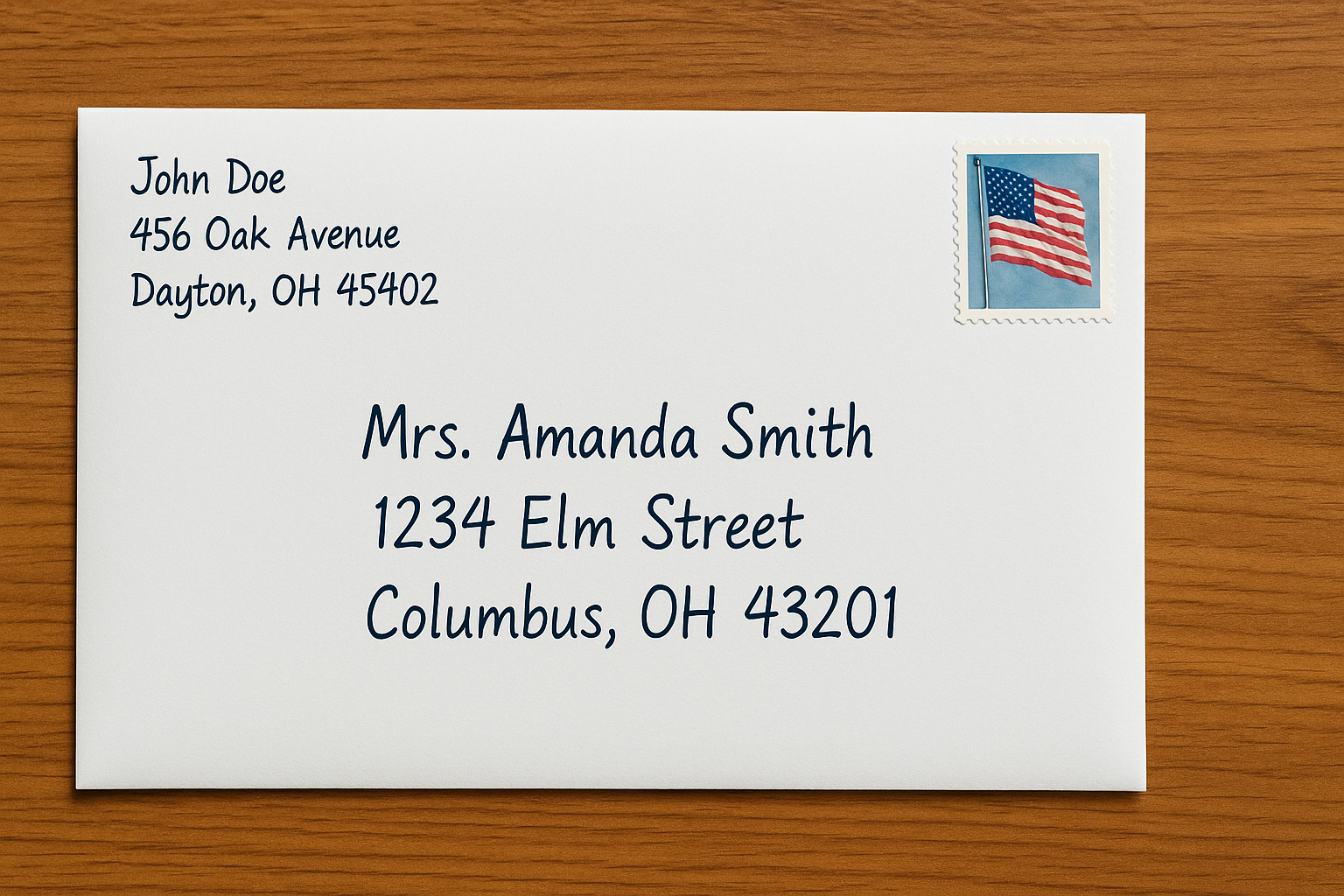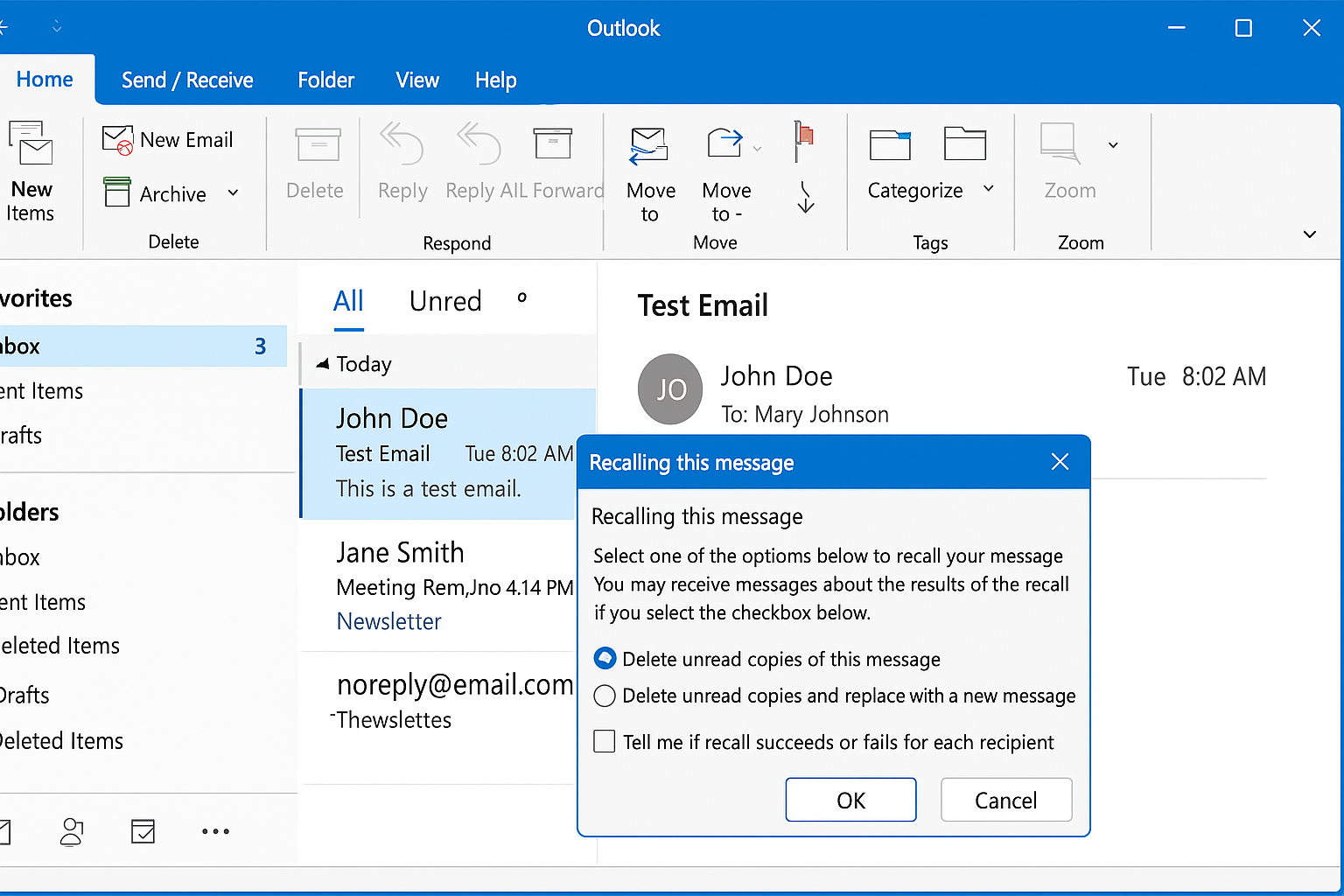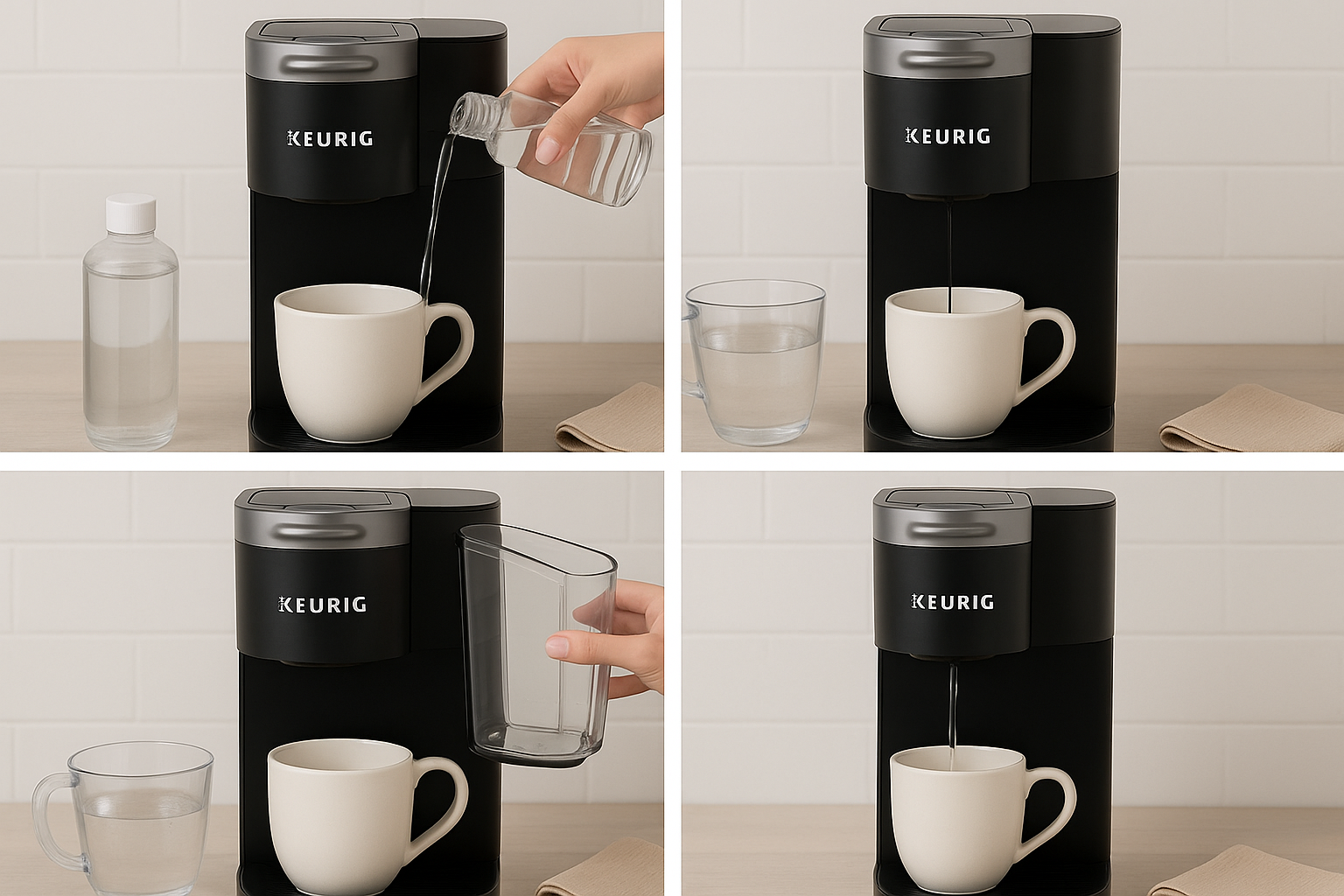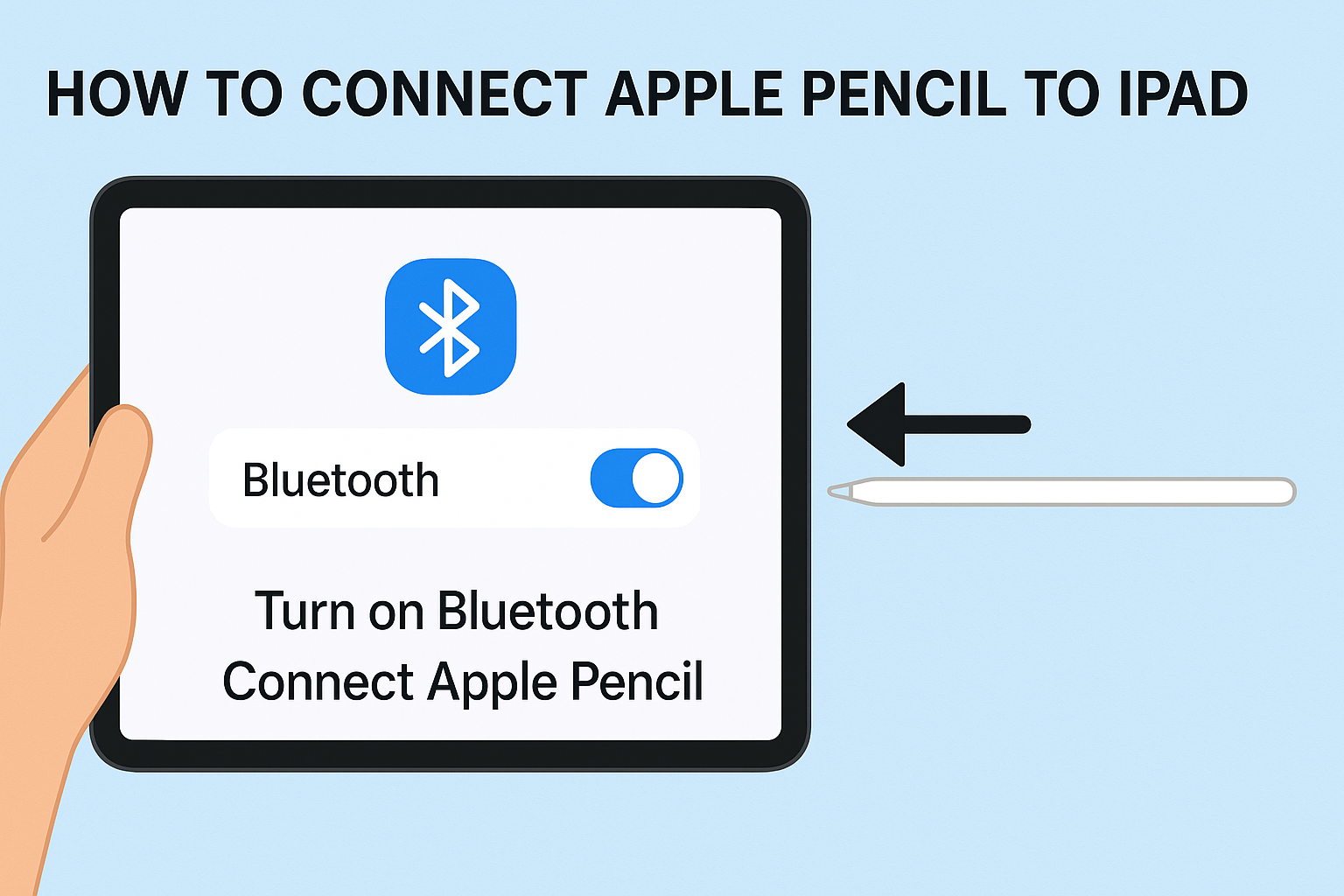1. Why Is Correct Envelope Addressing Important?
Before learning the exact steps, it’s helpful to understand why proper addressing matters:
- Ensures Accurate Delivery: Postal services rely on standardized formats to sort and deliver mail efficiently.
- Avoids Delays or Returns: Incorrectly addressed envelopes may be delayed, returned to you, or lost.
- Shows Professionalism: For job applications, invitations, or formal correspondence, a neatly addressed envelope creates a good impression.
- Complies with Postal Standards: Many countries’ postal systems have specific rules that help automated machines read addresses quickly.
2. Materials You Need Before You Start
Before addressing your envelope, gather these basics:
- Envelope of the right size – Choose one that fits your letter without excessive folding.
- Pen or marker – Black or blue ink is recommended for clarity. Avoid pencil or light-colored ink.
- Recipient’s full address – Double-check spellings, street names, ZIP/postal codes, and country names if applicable.
- Your return address – Optional for informal mail but strongly recommended to handle undeliverable letters.
- Postage stamp(s) – Correct postage ensures delivery. International mail often requires more stamps.
3. The Standard Format: Where to Write Each Part
Most postal services (including the United States Postal Service, Royal Mail, Canada Post, etc.) follow a very similar envelope layout:
Front Side of the Envelope
- Recipient’s Address (Center of the Envelope)
- First Line: Full name of the recipient (e.g., Mr. John A. Smith).
- Second Line: Street address or P.O. Box (e.g., 123 Maple Street).
- Third Line: City, State/Province, and ZIP or Postal Code (e.g., Springfield, IL 62704).
- Fourth Line: Country (only required for international mail, e.g., United States).
- Return Address (Top Left Corner or Back Flap)
- First Line: Your full name.
- Second Line: Your street address.
- Third Line: Your city, state, and ZIP code.
- For international mail, include your country as well.
- Stamp (Top Right Corner)
- Place it neatly without covering any part of the address.
- Ensure the correct postage for domestic or international delivery.
4. Detailed Examples of Correct Envelope Addressing
Example for Domestic Mail (U.S.):
cssCopyEditMr. John A. Smith
123 Maple Street
Springfield, IL 62704
Return address:
CopyEditMs. Sarah L. Johnson
456 Oak Avenue
Chicago, IL 60611
Example for International Mail:
mathematicaCopyEditMr. David Brown
10 Downing Street
London SW1A 2AA
UNITED KINGDOM
Return address:
mathematicaCopyEditEmily White
742 Evergreen Terrace
Portland, OR 97219
USA
5. Common Mistakes to Avoid
- Using nicknames or incomplete names—always use full legal names when possible.
- Writing addresses in cursive or decorative fonts—machines may have trouble reading them.
- Forgetting the ZIP/postal code—this is crucial for accurate sorting.
- Putting the return address on the same line as the recipient’s address—keep them separate.
- Placing the stamp anywhere other than the top right corner—incorrect placement may cause delays.
6. Special Situations: How to Address an Envelope Correctly
- To a Married Couple:
Mr. and Mrs. John Smith - To a Family:
The Anderson Family - To a Business or Company: lessCopyEdit
ABC Corporation Attn: Human Resources Department 500 Main Street Boston, MA 02118 - To Military Personnel (U.S. Example): yamlCopyEdit
Sgt. Mark Taylor Unit 2050 Box 4190 APO AE 09123 - To Someone with a Professional Title:
- Use titles like Dr., Prof., or Judge before their name.
- Example: Dr. Laura Bennett
7. Additional Tips for Perfect Envelope Addressing
- Print labels if your handwriting is difficult to read.
- Write in uppercase letters for better machine readability.
- Leave enough margin space on all sides; avoid writing too close to edges.
- Double-check spellings of names, cities, and postal codes.
- For international mail, use the recipient country’s official language if required.
8. Final Checklist Before Mailing
- ✅ Is the recipient’s full name and address correct?
- ✅ Is the ZIP/postal code accurate?
- ✅ Is the return address included?
- ✅ Is the stamp placed correctly and in the right amount?
- ✅ Is your handwriting legible or printed clearly?







Leave a Reply